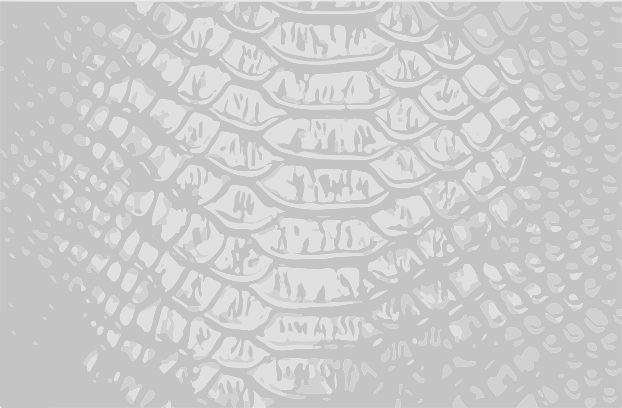
How to Recognize an
Eastern Hog-nosed Snake
Photo by: Myles Masterson

Characteristics:
Average Length: 25 in (63.5 cm)
Maximum Length: 45.5 in (115.6 cm)
Coloration: Dark blotches on a variable background with colors ranging from red, orange, yellow, gray, olive, brown, or black.
A few individuals encountered can be melanistic and uniformly black.
Head Shape: Pointed, upturned snout giving the snake its name
Scales: Keeled (small ridge on the scale)
Young: Resemble adults with brighter, blotchy patterns and an upturned nose.
Behaviors:
When threatened, Hog-nosed Snakes will often flatten their head and hiss. This “cobra-like” shape has given them the name of “Puff Adders” If their bluffing display is not enough to scare a potential threat, Eastern Hog-nosed Snakes will perform a death-feigning display. The snake will begin hissing and convulsing its body. At the end of the display, the snake’s tongue is often out of its mouth, the snake is on its back, and its body will be limp. Hog-nosed Snakes will stay in the position for 10–15 minutes until the perceived threat has left.
These snakes produce saliva that is mildly venomous but Hog-nosed Snakes are rear fanged. Thus, the snake needs to chew on prey to allow the saliva to enter the prey’s body.

Typical
Habitats:
Eastern Hog-nosed Snakes occur in a wide variety of habitats throughout Virginia. As a burrowing snake, Eastern Hog-nosed Snakes prefer areas with loose soils. Most observations of these snakes have been in grassy areas, pine forests, and deciduous hardwood forests. You might often encounter Eastern Hog-nosed Snakes along edge habitats.
The following organizations are great sources for additional Eastern Hog-nosed Snake Information:
Learn more about Snakes of Virginia:
>Snakes and Lizards of Virginia
New 2nd Edition! This 72-page field guide includes more than 170 photos covering the ecology, distribution and conservation of Virginia’s 32 species of snake and 9 species of lizard. It is an expanded version of our current snake guide with more technical information and new photos!






